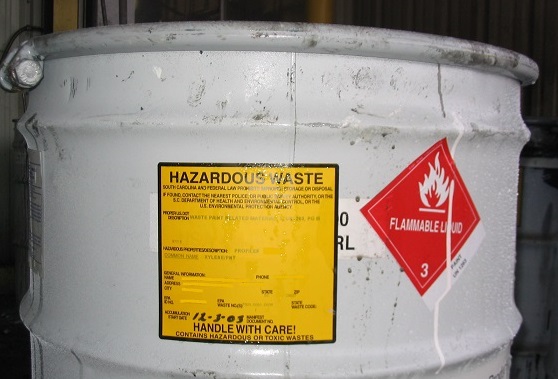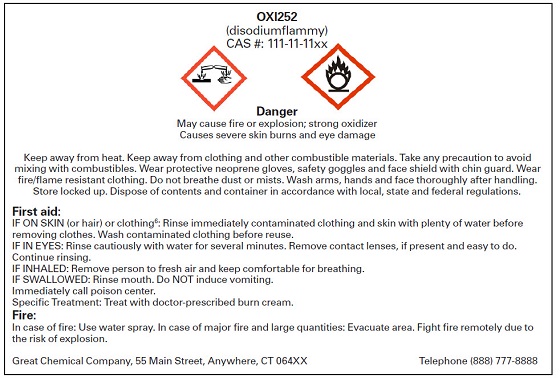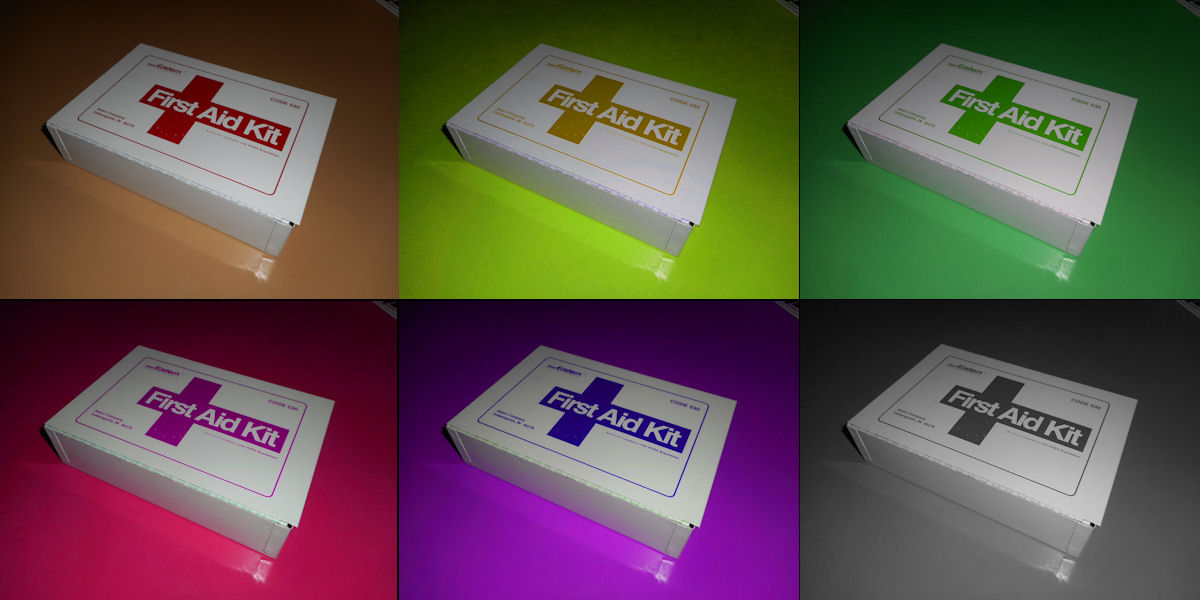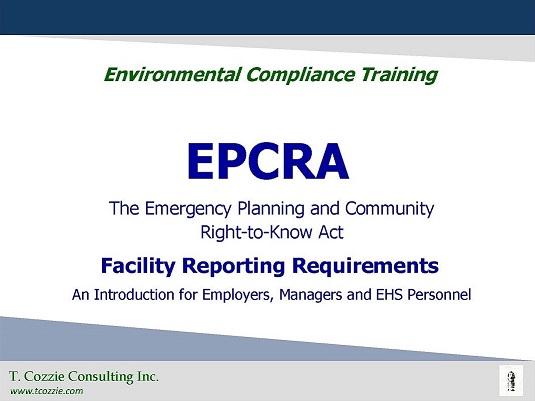Well, certainly some relief for the very little ones – what we used to call “conditionally exempt small quantity generators” – henceforth (or beginning on the effective date of the Environmental Protection Agency’s Hazardous Waste Generator Improvements Rule, published in the Federal Register on November 28, 2016) to be known as Very Small Quantity Generators or VSQGs.
The Hazardous Waste Generator Improvement Rule, which EPA describes as the culmination of a review that began over 10 years ago, is meant to “improve program effectiveness, reduce compliance costs, and foster an improved relationship with states and the regulated communities.”
The final rule contains a number of provisions which EPA identifies as “more stringent”, including marking and labeling of wastes to identify hazards, Small Quantity Generator recertification, notification of facility closure and requirement that a Large Quantity Generator close as a landfill if it cannot meet closure standards, extending biennial reporting for the whole year rather than just months when the facility was an LQG, biennial reporting for recyclers even when they do not store waste prior to recycling, and a requirement that LQGs provide a “quick reference guide” for distribution with their Contingency Plans. “More stringent” standards must be adopted by states that manage their own hazardous waste programs.
The rule also contains “less stringent” provisions, of a kind that may elicit appreciative nods from industries. These address (1) consolidation of VSQG waste at a LQG facility under the same ownership; (2) allowing VSQGs and SQGs to retain their classification in the event that “episodic generation” would bump them up to a higher generator category; and (3) waiver from the requirement that ignitable and reactive wastes be stored at least 50 feet from a facility’s property line under certain circumstances.
Continue reading “Generator Improvement Rule: Relief for Hazardous Waste Generators?”





